Presentamos el DBR22: celebrando una década de exclusividad y toda una vida de emocionantes autos deportivos con cabina abierta
- Aston Martin presenta el DBR22, un impresionante concepto de cabina abierta de dos plazas en la Semana del Automóvil de Monterey
- El concepto de diseño celebra el décimo aniversario de Q by Aston Martin, la división a medida de la marca de ultra lujo
- El diseño único construido por el entrenador evoca a los icónicos autos de carrera de Aston Martin, como el DBR1 y el DB3S.
- La nueva carrocería de fibra de carbono viste un potente tren motriz V12 Twin-Turbo
- Escaparate de nuevas técnicas de producción, como el subchasis trasero impreso en 3D
- Velocidad máxima de 198 mph, 0-60 en 3,4 segundos
- El concepto de diseño DBR22 se convertirá en realidad de producción para clientes selectos de Q by Aston Martin
15 de agosto de 2022, Monterey, California : Aston Martin ha elegido la Semana del Automóvil de Monterey 2022 para presentar por primera vez el espectacular DBR22: un concepto de diseño de autocar de dos plazas con motor V12, que celebra la extraordinaria línea de sangre de la marca en los deportes de cabina abierta. corredores
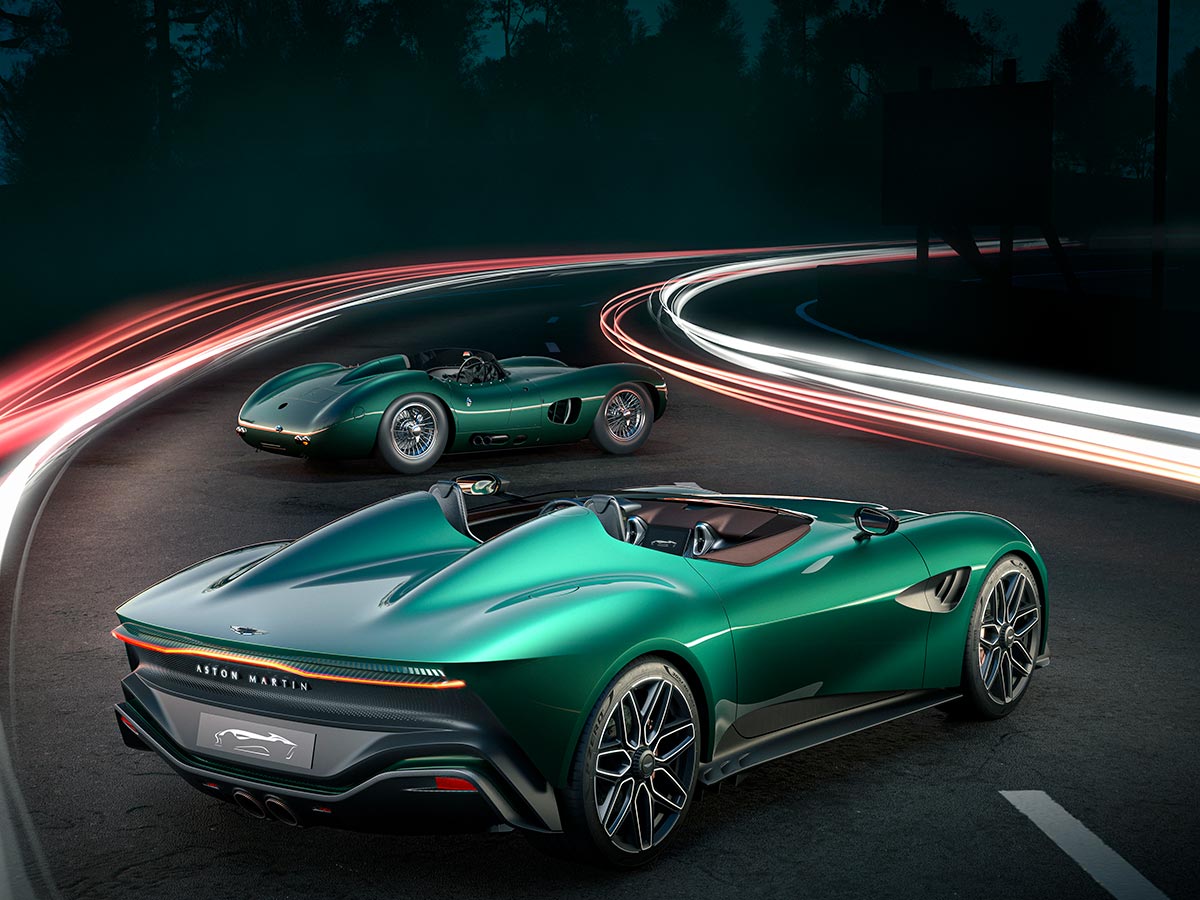
Presentamos el DBR22: celebrando una década de exclusividad y toda una vida de emocionantes autos deportivos con cabina abierta
La creación del concepto de diseño DBR22, presentado en California, es el último de una larga lista de proyectos extraordinarios manejados por expertos por la división interna a medida, Q by Aston Martin, que este año celebra una década de fabricación de autos exclusivos para los más grandes del mundo. clientes exigentes. Comisiones únicas icónicas como Aston Martin Victor y especiales de bajo volumen como Vulcan, limitado a 24 ejemplares en todo el mundo, y Vantage V600, limitado a solo 14, son ejemplos verdaderamente magníficos de estas colaboraciones. Entonces, parece apropiado que el concepto de diseño DBR22 también forme la base de un ejemplo de realidad de producción para un número ultra exclusivo de clientes Q by Aston Martin.
Al combinar el arte clásico de la construcción de carrocerías con materiales avanzados y tecnologías de fabricación de vanguardia, DBR22 es una combinación perfecta de pureza de diseño, precisión de ingeniería, rendimiento deslumbrante y verdadera pasión. Una celebración perfecta de Q by Aston Martin y su potencial ilimitado. Todo subrayado por el conocimiento de que es uno de los Aston Martin más raros en los 109 años de historia de la marca.

Presentamos el DBR22: celebrando una década de exclusividad y toda una vida de emocionantes autos deportivos con cabina abierta
Con proporciones clásicas y curvas musculosas e inmaculadas, el DBR22 habla descaradamente de la tradición, específicamente del linaje de toda la vida de Aston Martin de autos deportivos de cabina abierta de dos plazas líderes en el mundo, como el DBR1 y el DB3S, pero lo expresa con una nueva y dinámica versión de este atractivo tema. .
DB3S representa una parte importante de la historia de competición de Aston Martin. Presentada en 1953, la carrocería DB3S de aleación de Frank Feeley se hizo conocida por sus curvas y su eficiencia aerodinámica, lo que convirtió a Aston Martin en un serio contendiente de Le Mans y obtuvo algunos resultados impresionantes en el camino. DBR1, conocido como el mejor auto deportivo de Aston Martin, llevó el lenguaje de diseño de Feeleys un paso más allá y se convirtió en uno de los Aston Martin más importantes e influyentes de todos los tiempos: ganó varias carreras notables, la más famosa, por supuesto, fue Le Mans en 1959. conducido por Carroll Shelby y Roy Salvadori, y llevando al equipo Aston Martin a la victoria final: ganar el Campeonato Mundial de Autos Deportivos en el mismo año (’59).
El concepto de diseño DBR22 muestra un cuerpo completamente nuevo de los diseñadores de Aston Martin. Su excepcional forma de carrocería se crea a partir de un número mínimo de paneles de carrocería para crear una presencia más esculpida y musculosa. El resultado: una combinación suave y sin esfuerzo de excepcional dramatismo y elegancia, con varias características de diseño únicas para complementar.
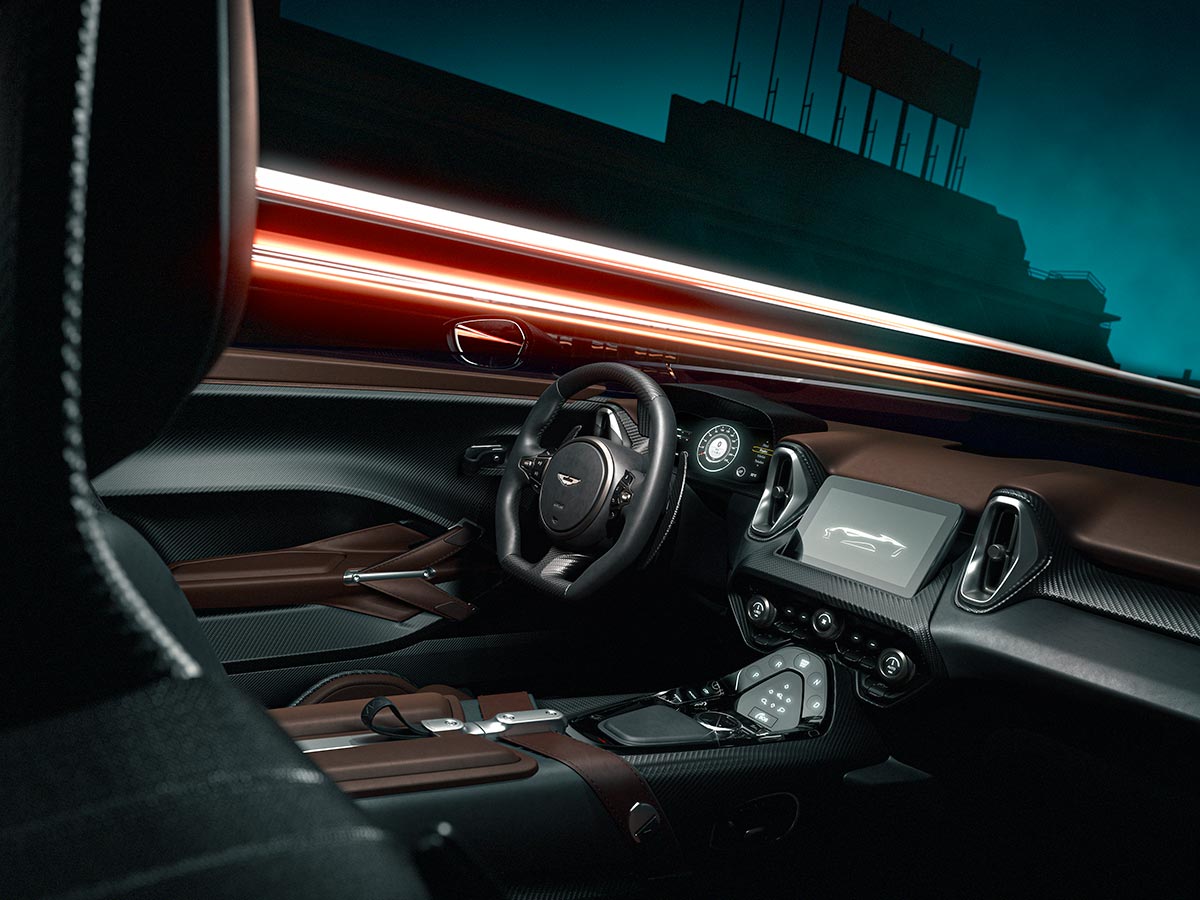
Presentamos el DBR22: celebrando una década de exclusividad y toda una vida de emocionantes autos deportivos con cabina abierta
Una característica particularmente notable es la parrilla delantera completamente nueva que incorpora un diseño único de fibra de carbono en lugar de las vetas habituales que se ven en la producción en serie de Aston Martins. Este diseño se inspira directamente en DBR1 y DB3S, lo que le da una identidad única; uno que claramente se basa en la herencia de Aston Martin pero usa esta inspiración para crear un diseño verdaderamente contemporáneo.
El capó cuenta con una ventilación de herradura espectacular, empotrada para facilitar el flujo de aire del motor V12 Twin-Turbo de 5.2 litros que se encuentra debajo. Esta línea larga e ininterrumpida del capó atrae la vista hacia la cabina, sobre el deflector de viento de línea baja y los delicados espejos, que están montados en la parte superior de las puertas en brazos delgados de fibra de carbono que engañan al viento.
Ubicado perfectamente dentro de los arcos de las ruedas hay un juego de llantas de aleación de 21 pulgadas completamente nuevas. Con un diseño único de 14 radios creado especialmente para el DBR22, estas llantas livianas cuentan con un buje de bloqueo central derivado de los deportes de motor, que también está disponible según las especificaciones de una amplia paleta de colores.
El concepto de diseño del DBR22 también muestra un color de pintura totalmente personalizado, desarrollado específicamente para la ocasión utilizando ‘Paint to Sample’, una opción exclusiva disponible a través de Q by Aston Martin, que demuestra nuevamente las amplias posibilidades de diseño que se pueden lograr a través del servicio personalizado de la marca.
La cabina del DBR22 continúa la fusión de enfoques clásicos y contemporáneos con muchos componentes únicos y un amplio uso de cuero y fibra de carbono expuesta. Con una arquitectura definida por el tablero completamente nuevo y las elegantes pantallas de infoentretenimiento, marca la pauta para un entorno limpio y despejado. Aunque se inspiró en los autos de competencia de Aston Martin que batieron el mundo, el DBR22 no es un corredor básico por dentro. Suaves pieles aromáticas envuelven el tablero de instrumentos contemporáneo, los asientos de rendimiento de fibra de carbono y se extienden sobre la parte superior de las puertas para crear un toque acogedor en el interior.
Detrás de los asientos se elevan dos góndolas gemelas que suavizan el flujo de aire detrás de las cabezas del conductor y del pasajero. En la parte trasera, el concepto de diseño DBR22 tiene un gráfico de luz horizontal inconfundible, cortesía de la delgada barra de luces de ancho completo hecha especialmente para esta aplicación. Debajo se encuentra un panel perforado para permitir que el aire caliente salga por la cola. Esta hermosa pieza escultórica es otro punto culminante único del intrigante diseño DBR22. Junto con el difusor suavemente integrado y un par de tubos de escape de gran diámetro, el DBR22 tiene una increíble presencia en la carretera, capturando perfectamente la emoción pura de la experiencia de conducción.
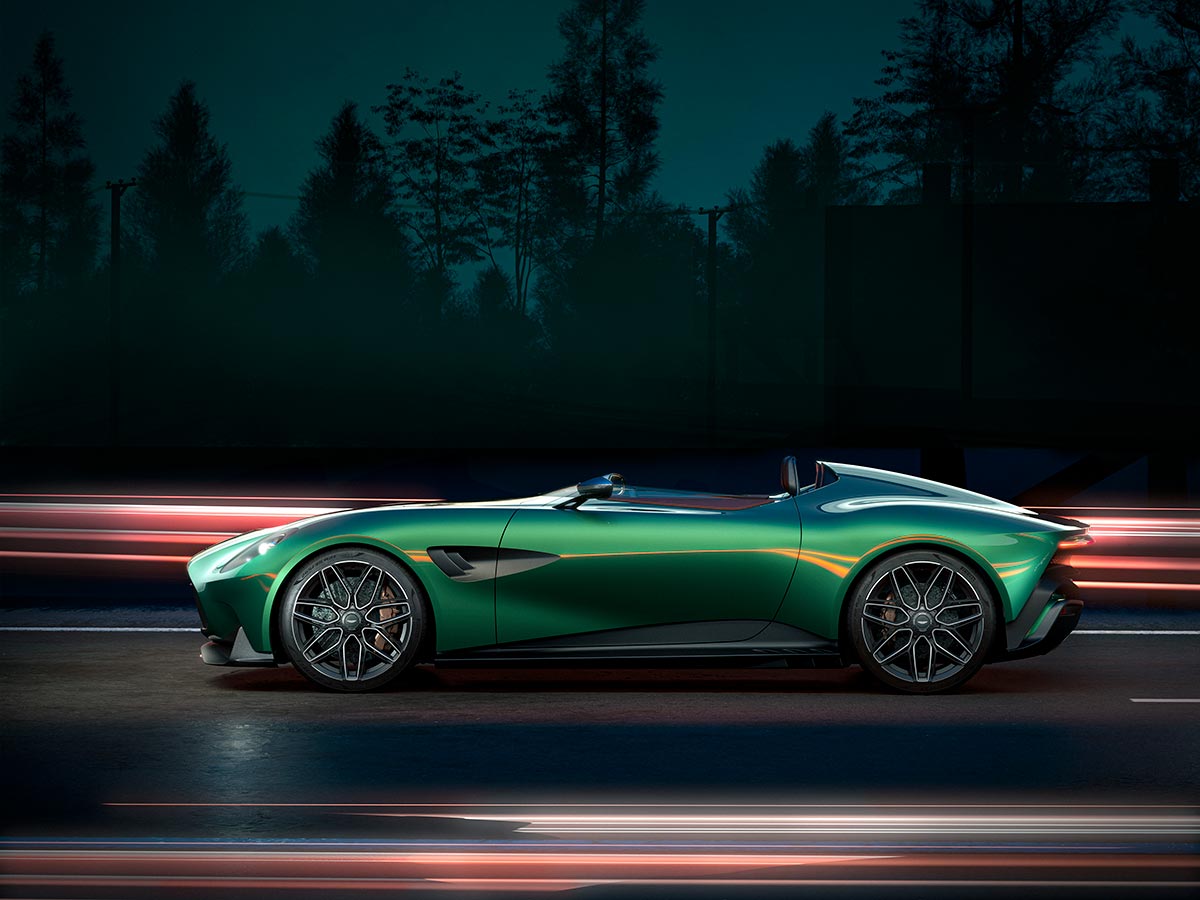
Presentamos el DBR22: celebrando una década de exclusividad y toda una vida de emocionantes autos deportivos con cabina abierta
Con una amplia paleta de opciones disponible a través del célebre servicio personalizado, Q by Aston Martin ofrece a los clientes de todos los modelos de Aston Martin la oportunidad de crear algo completamente único. Además de los colores y acabados de la pintura, los gráficos personalizados hasta los carbones tintados y los materiales personalizados tanto en el interior como en el exterior, cada automóvil Q by Aston Martin puede superar los límites del diseño y el deseo y se adapta completamente al cliente.
Gracias a un tren motriz V12 Twin-Turbo inmensamente potente de 5.2 litros, el DBR22 respalda su aspecto extraordinario con un rendimiento verdaderamente impresionante; potencias máximas de 715 CV y 753 Nm que proporcionan suficiente propulsión para acelerar el DBR22 desde cero hasta 60 mph en solo 3,4 segundos y hasta una velocidad máxima de 198 mph/319 kmh. Con nada más que la estela entre el conductor y el inolvidable aullido de doce cilindros de este motor épico, el DBR22 promete ser una intensa estimulación sensorial.
Dinámicamente, el DBR22 apunta a una verdadera conexión con el conductor, con un chasis perfeccionado para brindar precisión, agilidad y tacto en igual medida. La calibración única del motor y la transmisión automática de cambio de paletas de 8 velocidades utiliza la conformación del par para darle al DBR22 una manera y entrega como ningún otro modelo. Una columna de dirección anclada brinda una mayor precisión, pero también proporciona información más detallada para que el conductor pueda crear una imagen más precisa del agarre disponible.
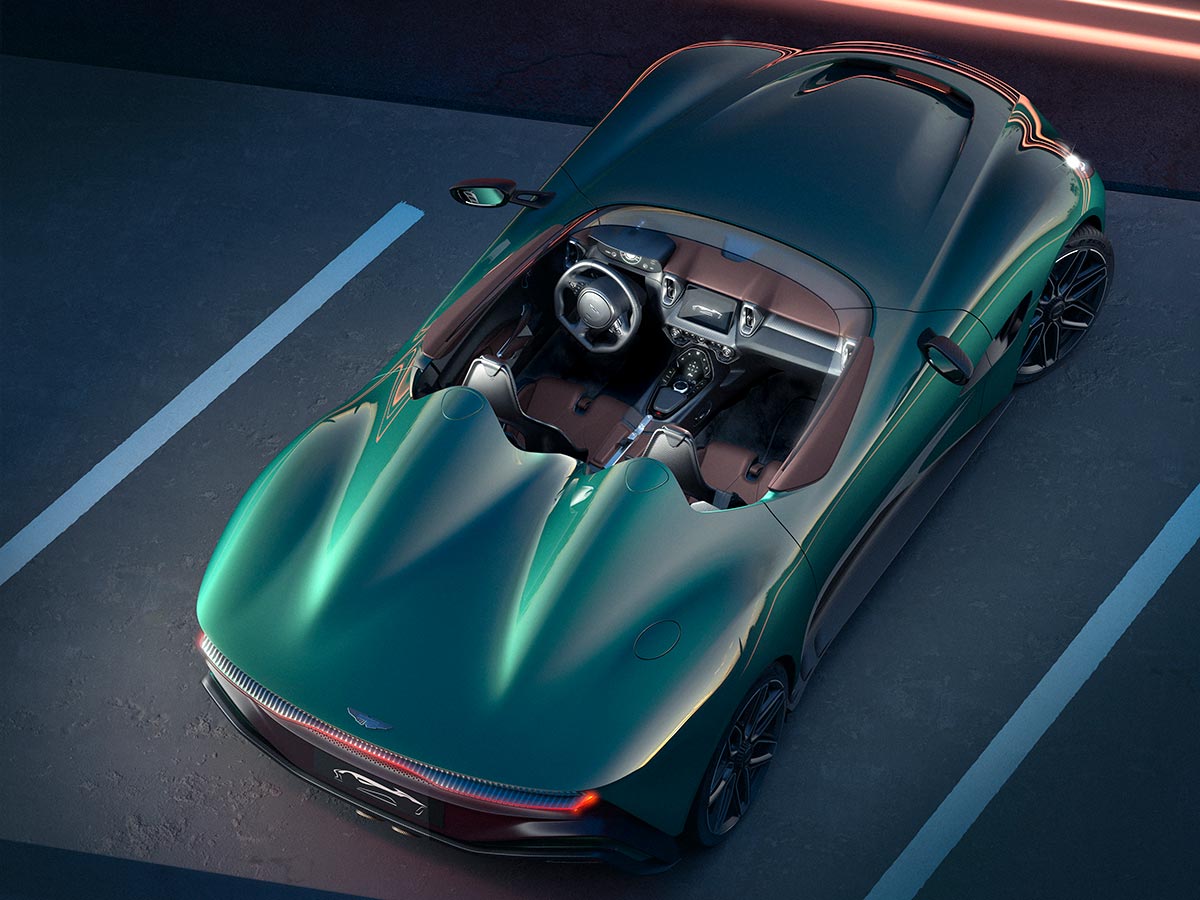
Presentamos el DBR22: celebrando una década de exclusividad y toda una vida de emocionantes autos deportivos con cabina abierta
También se ha prestado atención a la estructura del chasis del DBR22. Los exclusivos paneles de corte delanteros y traseros aumentan aún más la rigidez torsional, con una calibración personalizada para los amortiguadores adaptativos que proporciona precisión y flexibilidad para una combinación de control de la carrocería y refinamiento de la conducción que hará que conducir el DBR22 sea un placer absoluto, en carretera o en circuito.
El DBR22 también cuenta con un subchasis trasero impreso en 3D, la primera vez que Aston Martin presenta un método de este tipo. El componente está hecho de múltiples piezas impresas en 3D impresas en aluminio, que luego se unen para formar el bastidor auxiliar terminado. Las ventajas son claras, con un importante ahorro de peso y sin reducción de la rigidez, además de la capacidad de fabricar piezas especiales para modelos de volumen ultrabajo, cuando sea necesario.
Roberto Fedeli, director técnico de Aston Martin, dijo: “La tecnología es fundamental en la construcción de DBR22, con un uso extensivo de fibra de carbono en todas partes y el uso de impresión 3D para la fabricación de un componente estructural. Como tal, DBR22 muestra las capacidades únicas de Aston Martin, con un diseño de clase mundial combinado con un enfoque ágil e inteligente para la ingeniería y la producción. Para un automóvil que fue diseñado para celebrar el último servicio de personalización a medida, los desarrollos de ingeniería significan que DBR22 realmente tiene el escenario dinámico para igualar, asegurando que la conducción sea tan adictiva como su apariencia”.
Marek Reichman, director creativo de Aston Martin, agregó: “Configuramos nuestros sistemas de diseño para que sean hiperimpulsados, impulsando aún más la exploración del formalismo y esforzándonos por expresar un futuro en el aquí, hoy. Adónde podríamos llegar con las superficies, la proporción y la forma. Combinando este enfoque con procesos, tecnología y materiales avanzados, hemos modernizado efectivamente nuestra línea de sangre de carreras y hemos creado un nuevo pedigrí. El DBR22 es un deportivo Aston Martin de pura raza y sangre caliente, repleto de velocidad, agilidad y espíritu, y una máquina que creemos que será la base de muchos de los iconos del mañana”.
El concepto de diseño DBR22 estará en exhibición en Pebble Beach Concours D’ Elegance del viernes 19 al domingo 21 de agosto .
Acerca de Aston Martin Lagonda:
La visión de Aston Martin es ser la marca británica de ultra lujo más deseable del mundo, creando los autos de rendimiento más exquisitamente adictivos.
Fundada en 1913 por Lionel Martin y Robert Bamford, Aston Martin es reconocida como una marca global icónica sinónimo de estilo, lujo, desempeño y exclusividad. Aston Martin fusiona la última tecnología, la artesanía tradicional y un hermoso estilo para producir una gama de modelos de lujo aclamados por la crítica, incluidos el Vantage, el DB11, el DBS, el DBX y su primer hipercoche, el Aston Martin Valkyrie.
Con sede en Gaydon, Inglaterra, Aston Martin Lagonda diseña, crea y exporta automóviles que se venden en 56 países de todo el mundo. Sus autos deportivos se fabrican en Gaydon con su gama de SUV DBX de lujo fabricada con orgullo en St Athan, Gales.
Lagonda se fundó en 1899 y Aston Martin en 1913. Las dos marcas se unieron en 1947 cuando ambas fueron compradas por el difunto Sir David Brown, y la compañía ahora cotiza en la Bolsa de Valores de Londres como Aston Martin Lagonda Global Holdings plc.
En 2020, Lawrence Stroll se convirtió en el presidente ejecutivo de la compañía, junto con una importante inversión nueva, un movimiento que condujo al regreso de Aston Martin a la cima del automovilismo con el equipo Aston Martin Aramco Cognizant Formula One™ y comenzó una nueva era para la icónica marca británica.



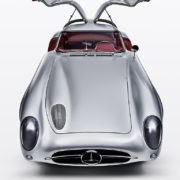








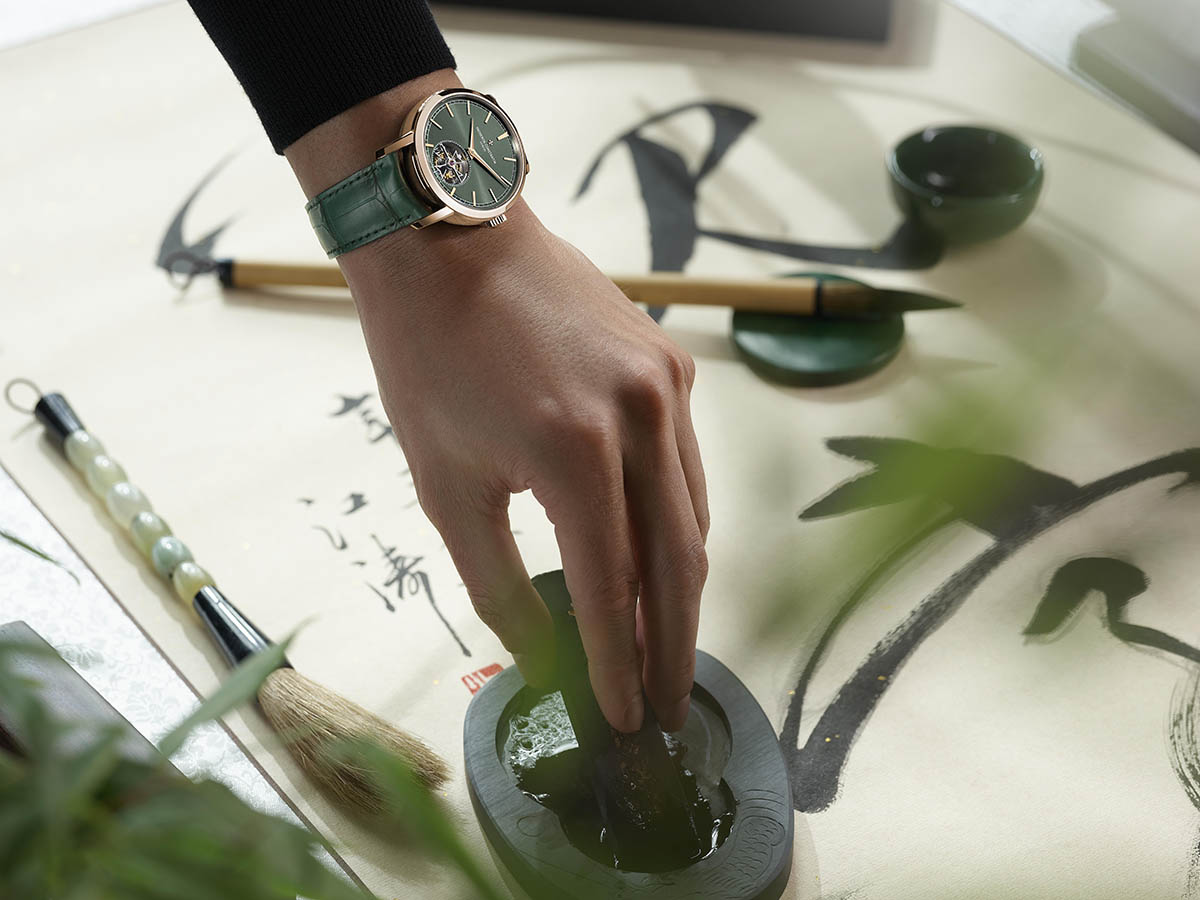



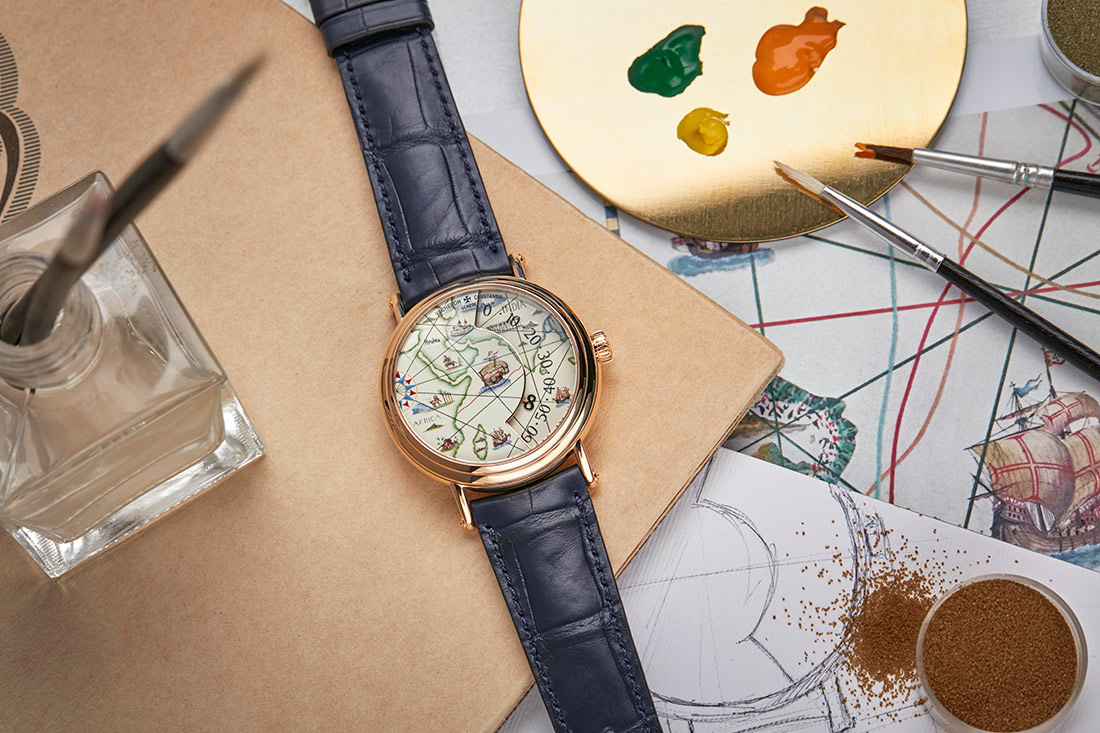
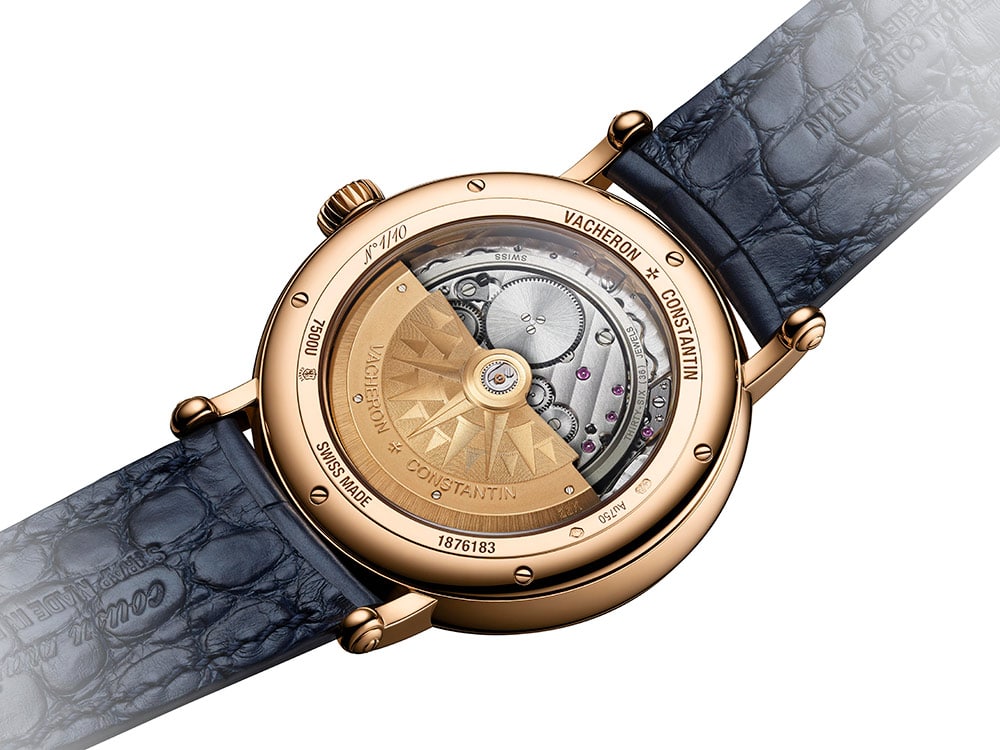
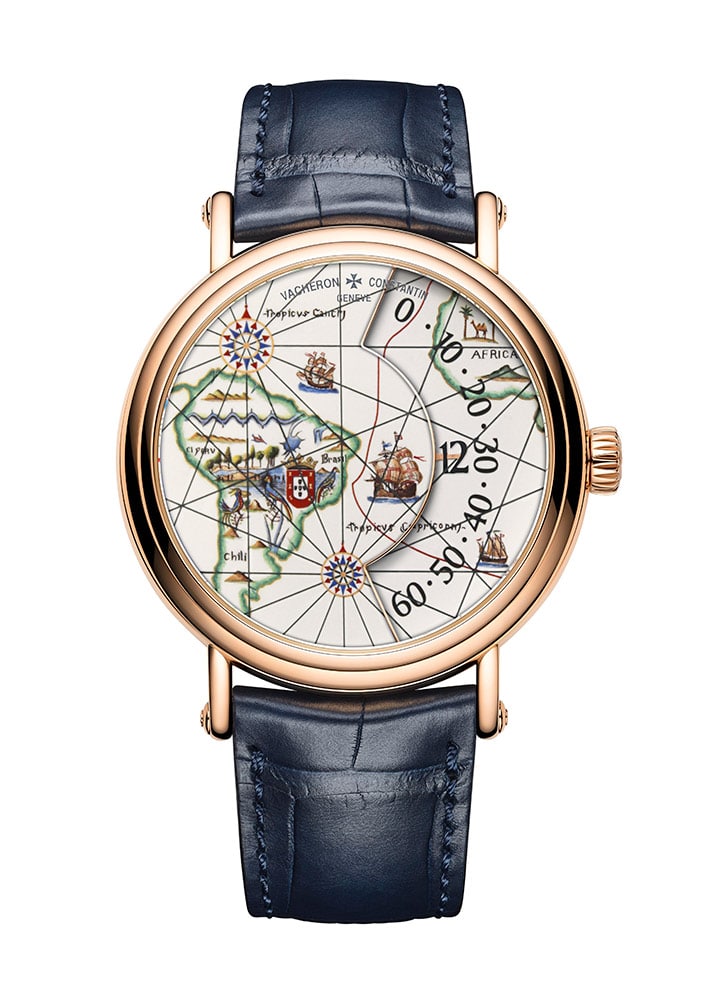





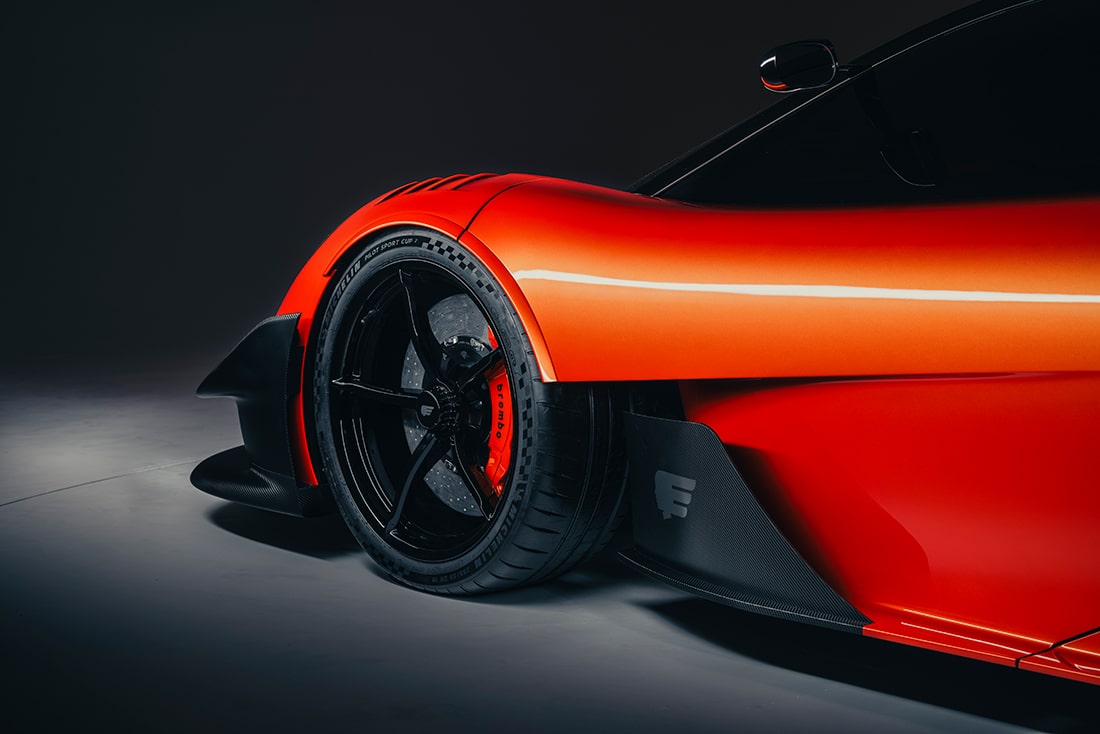






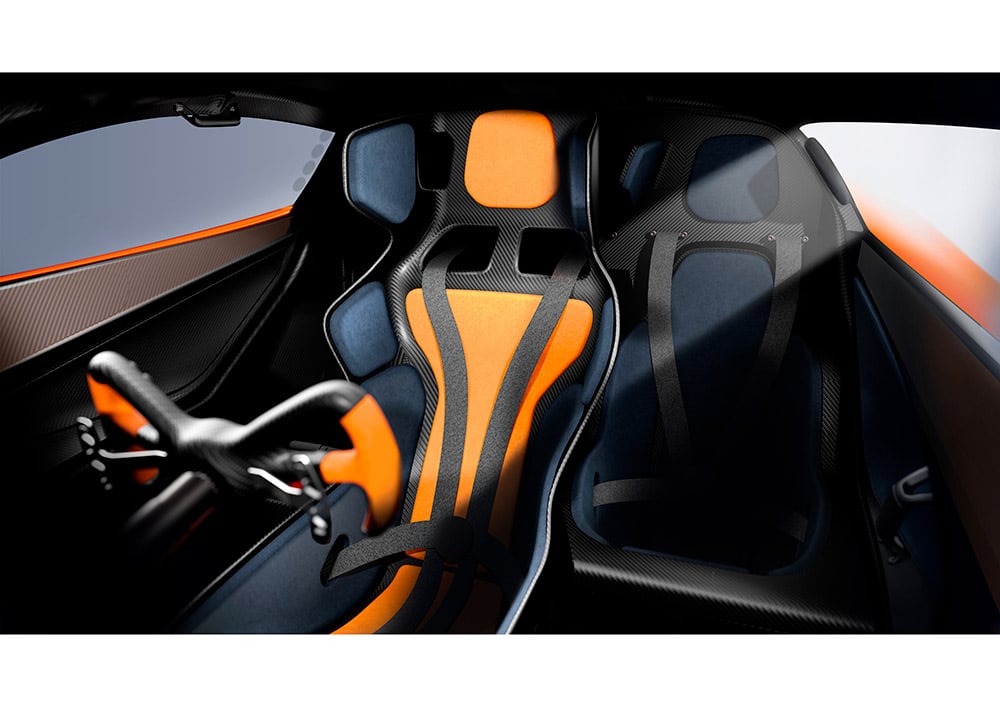

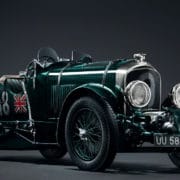
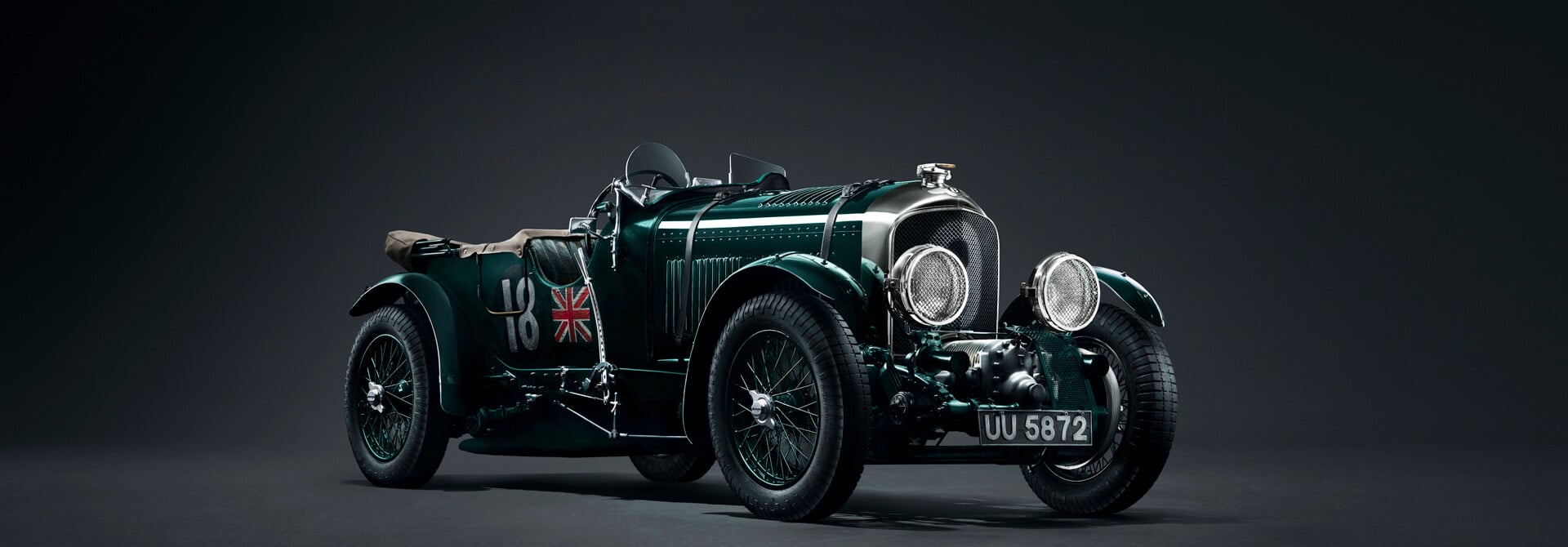

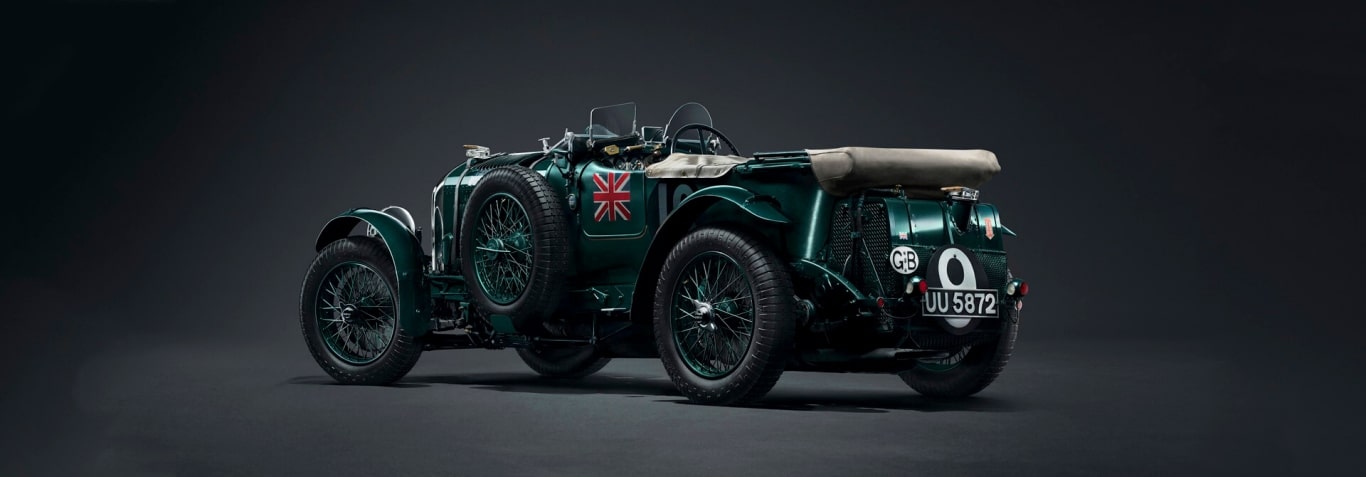



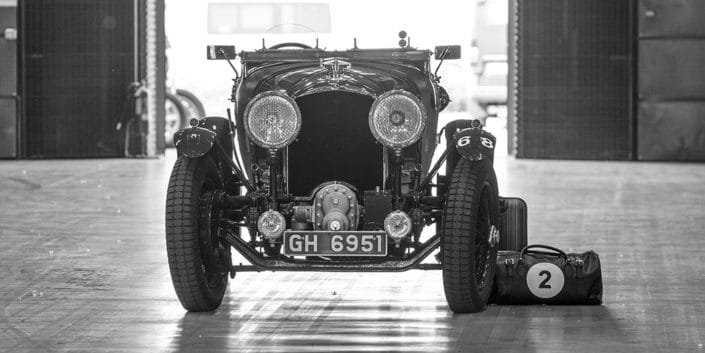


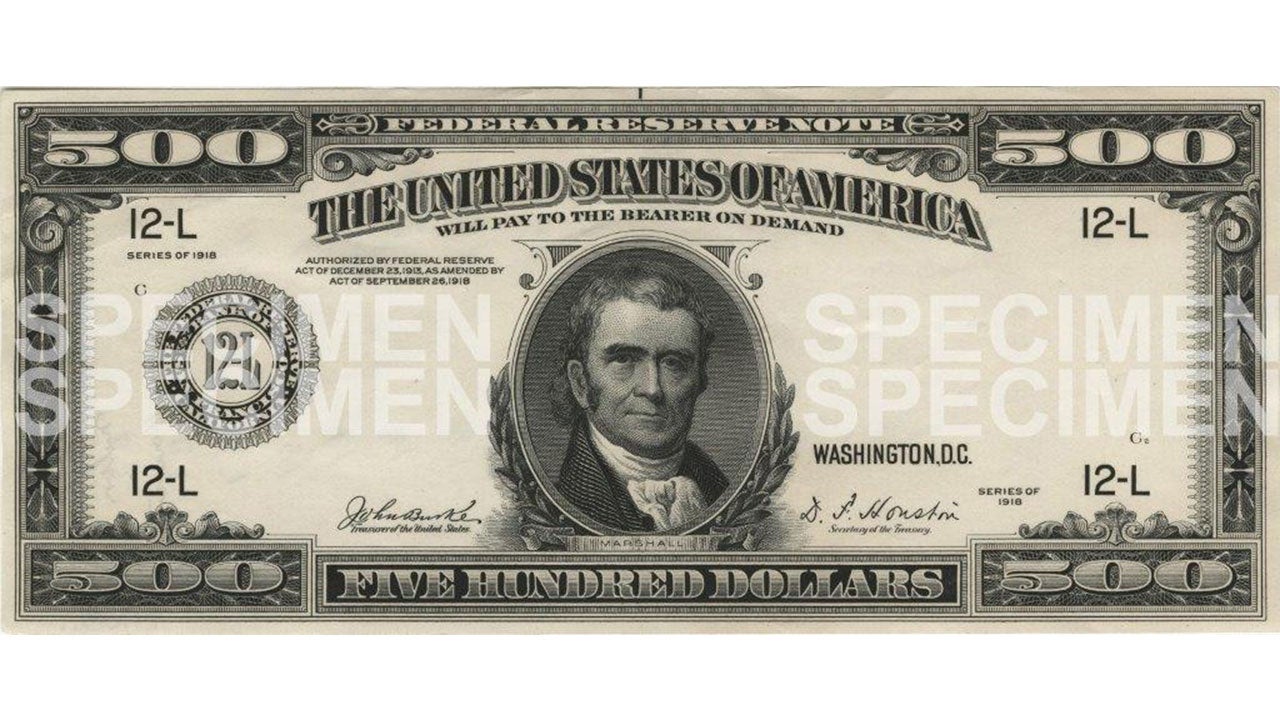 Courtesy of US Treasury Department
Courtesy of US Treasury Department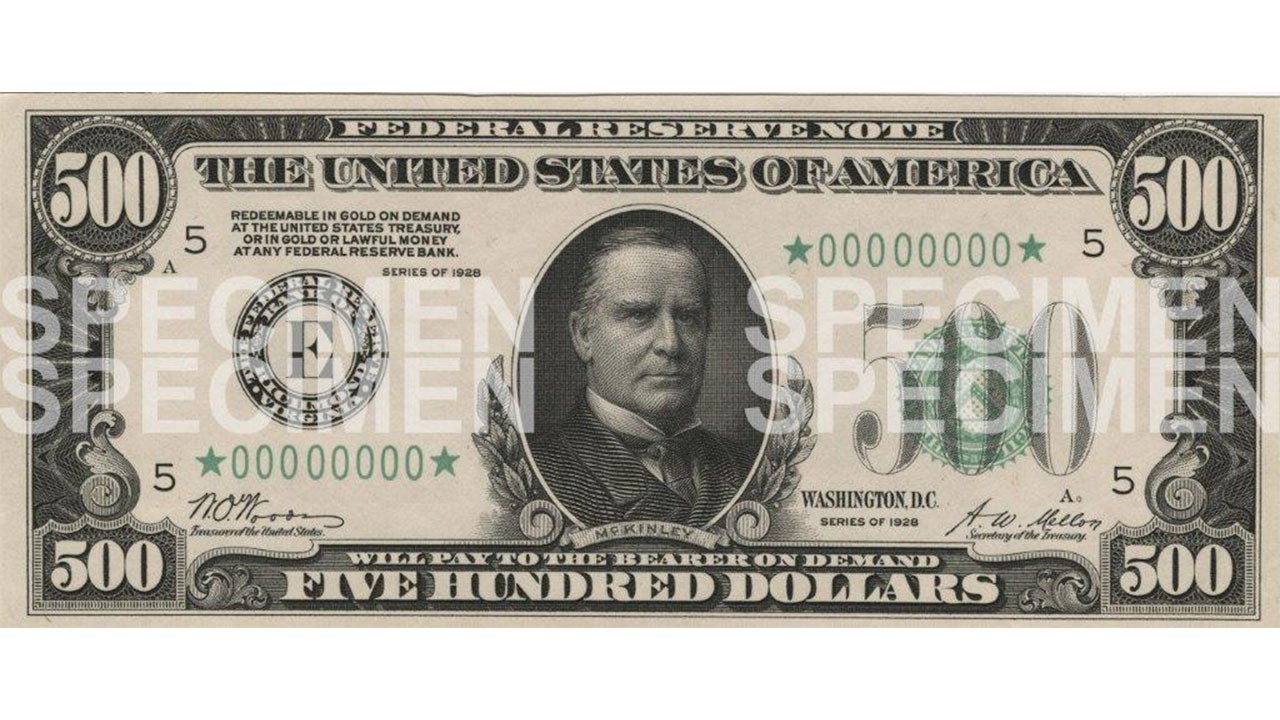 Courtesy of the US Treasury
Courtesy of the US Treasury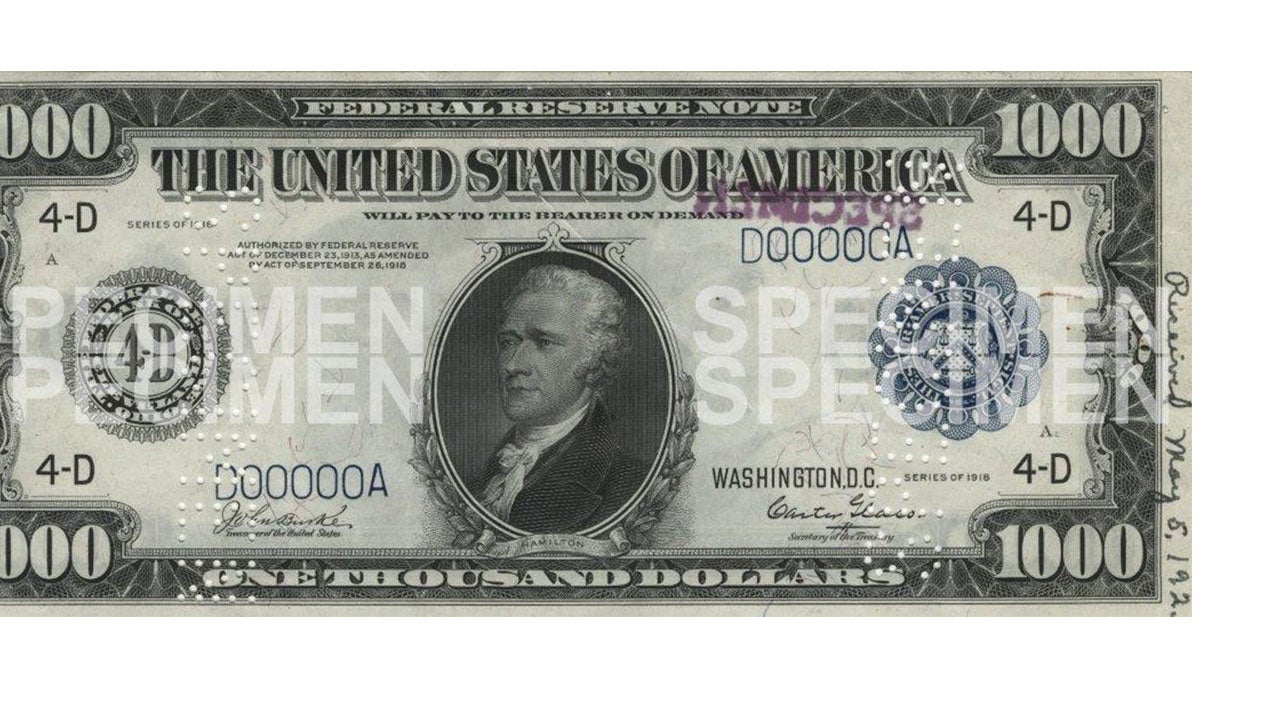 Courtesy of US Treasury
Courtesy of US Treasury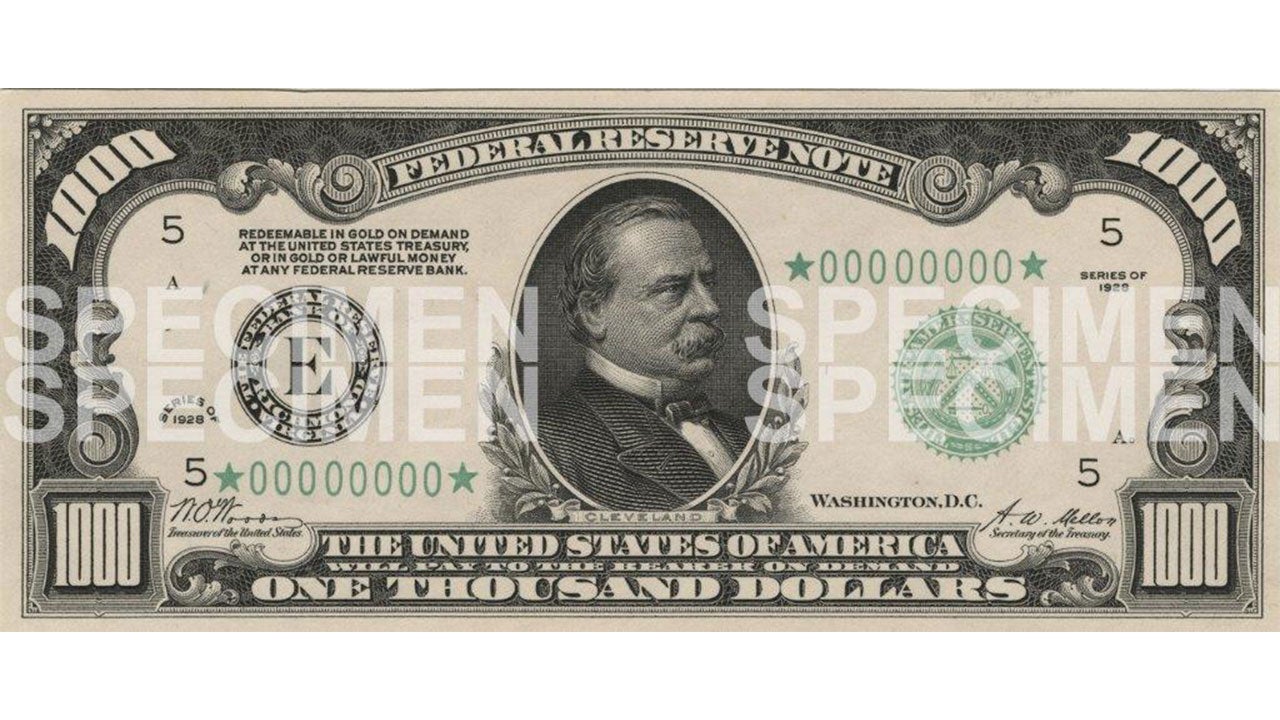 Courtesy of US Treasury
Courtesy of US Treasury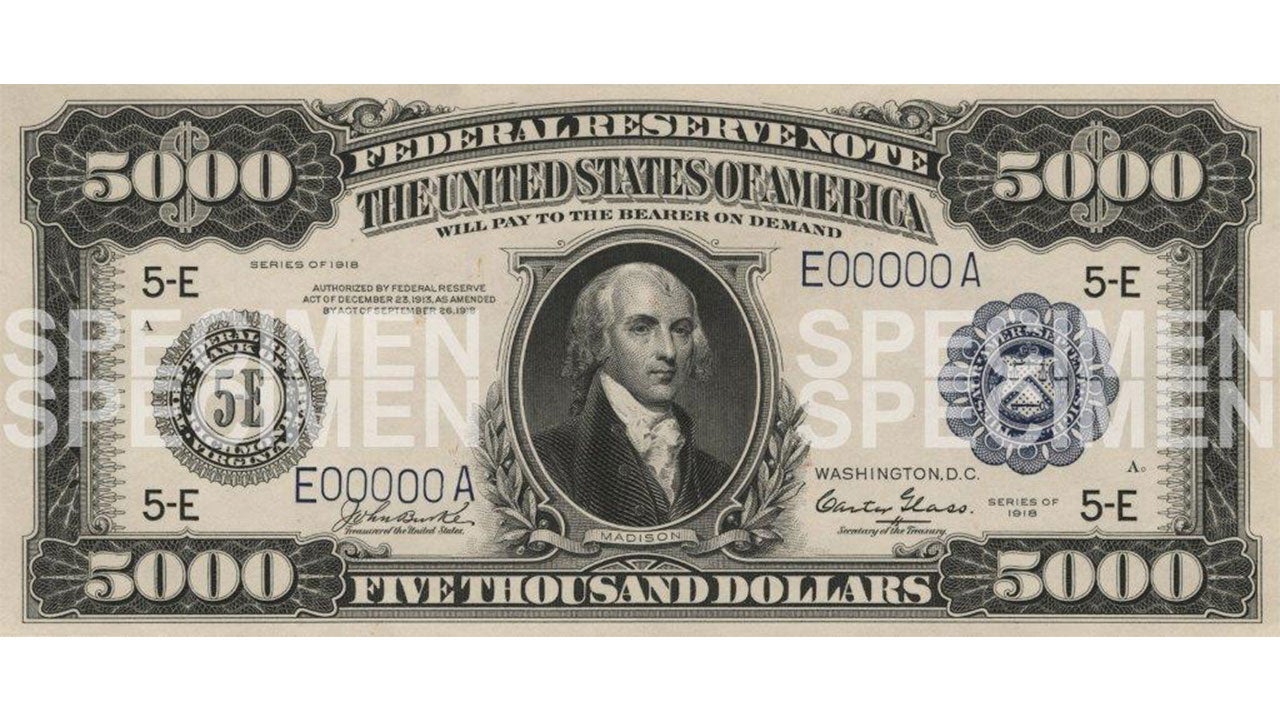 Courtesy of US Treasury
Courtesy of US Treasury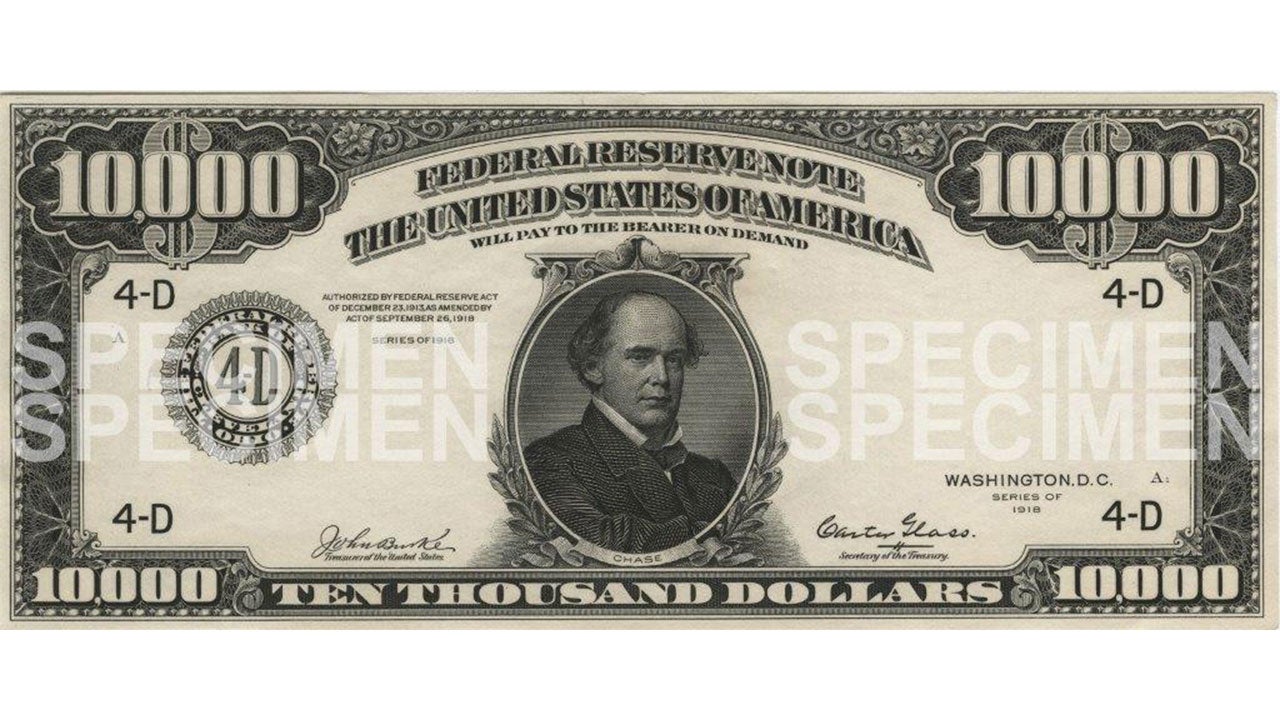 Courtesy of US Treasury
Courtesy of US Treasury Courtesy of US Treasury
Courtesy of US Treasury Courtesy of US Treasury
Courtesy of US Treasury